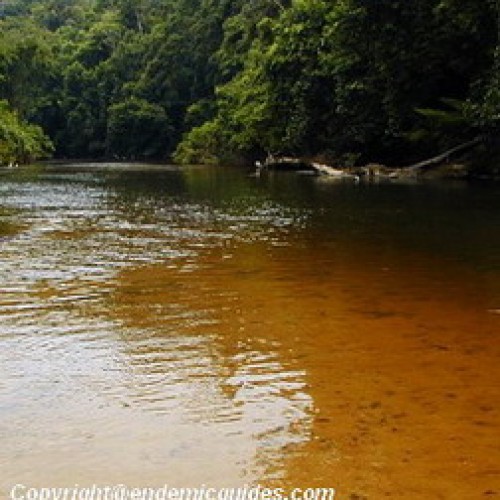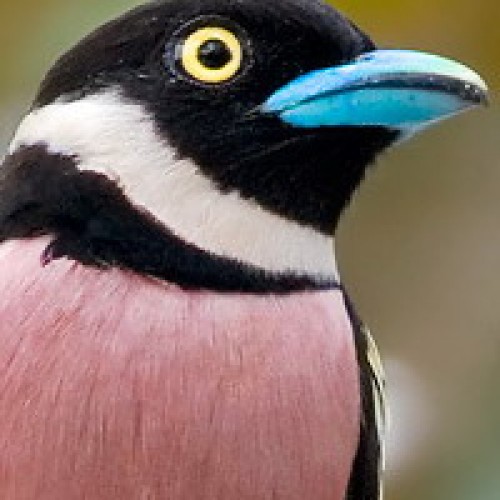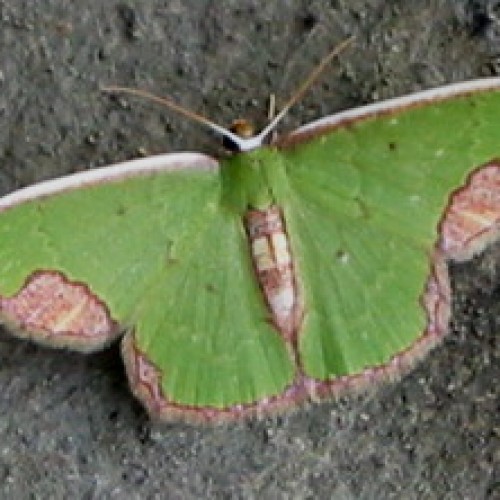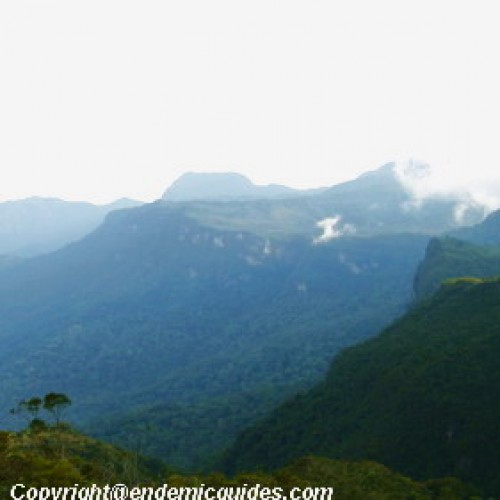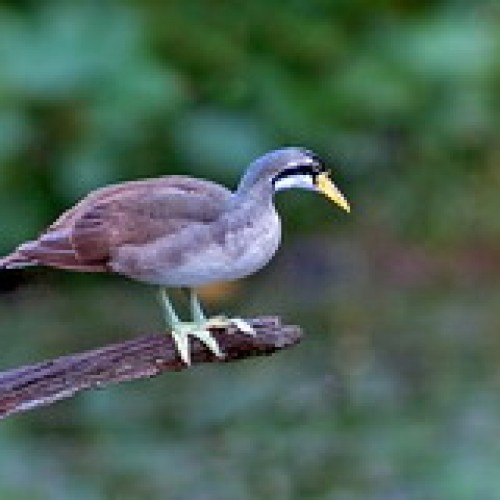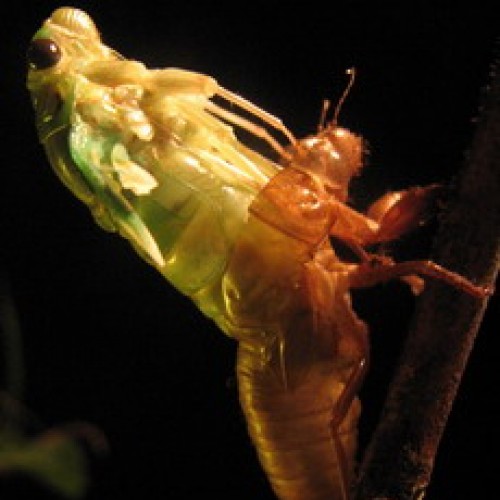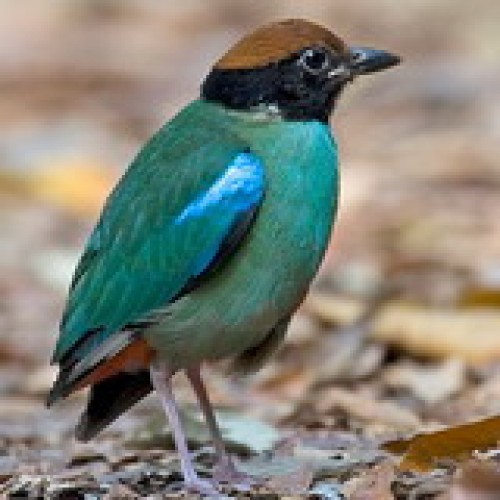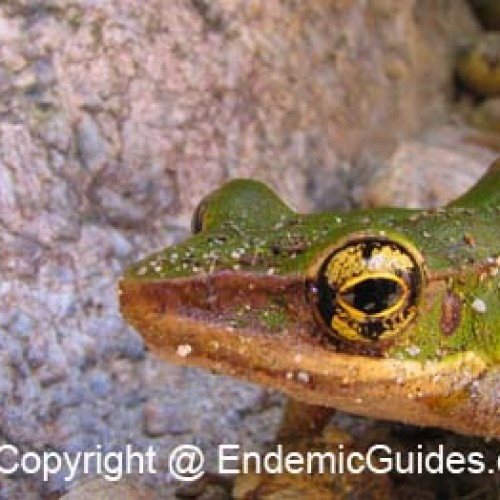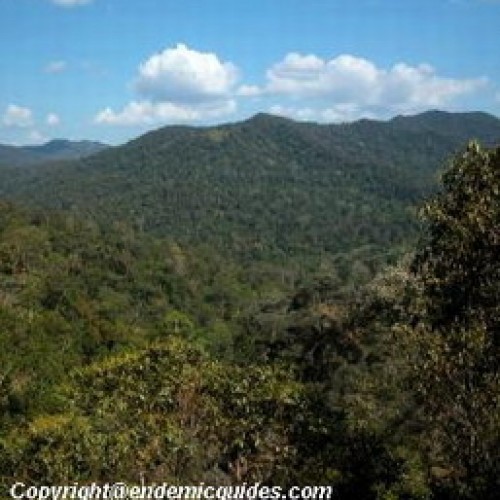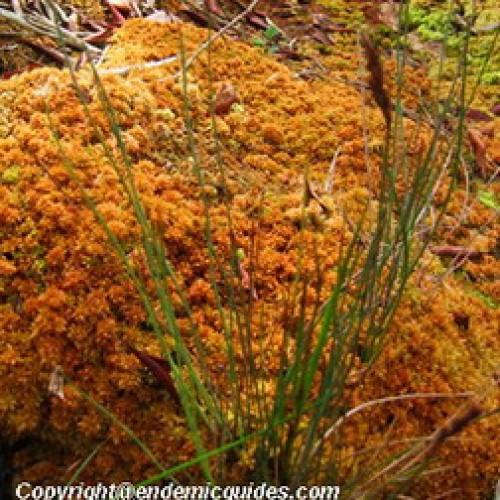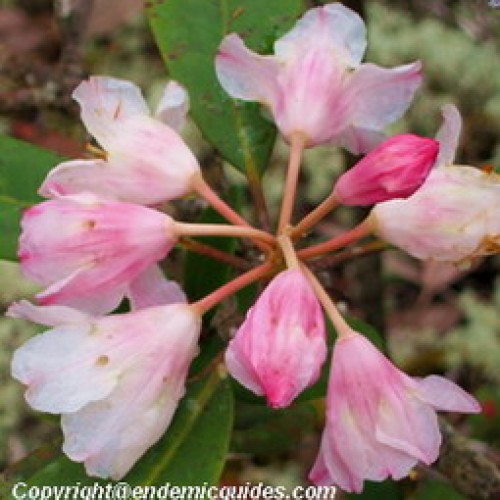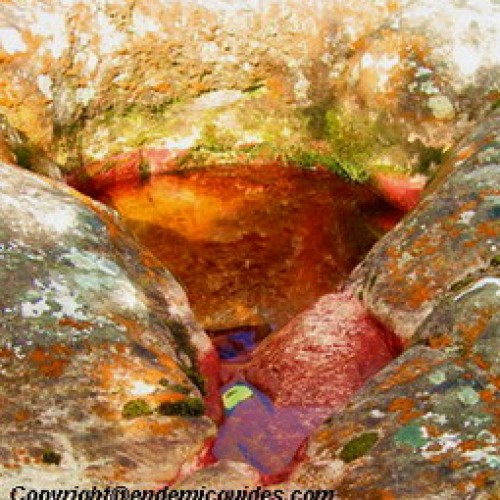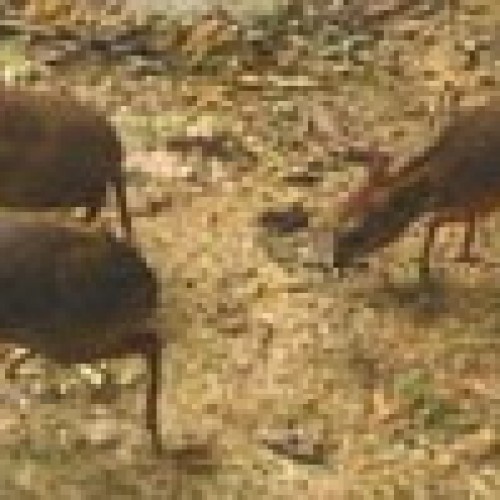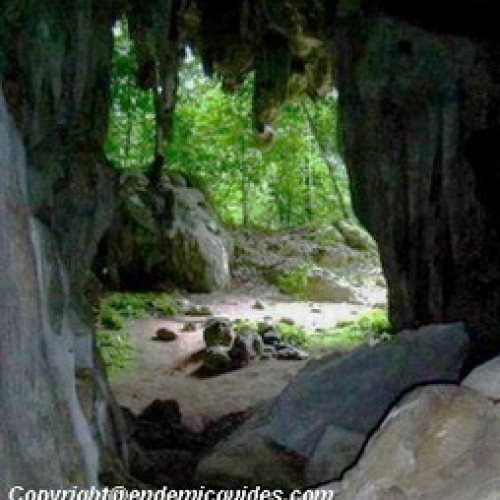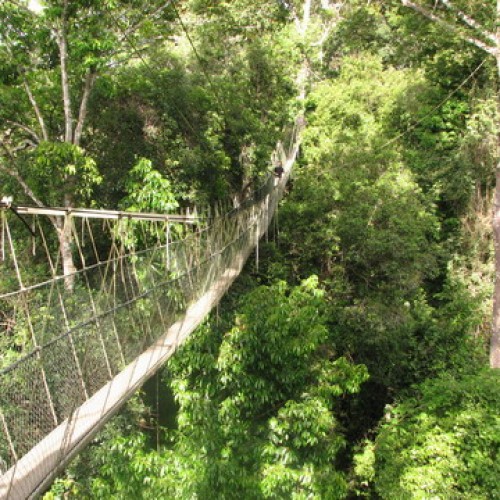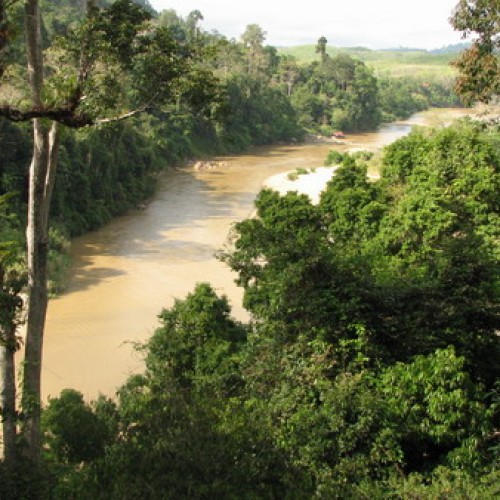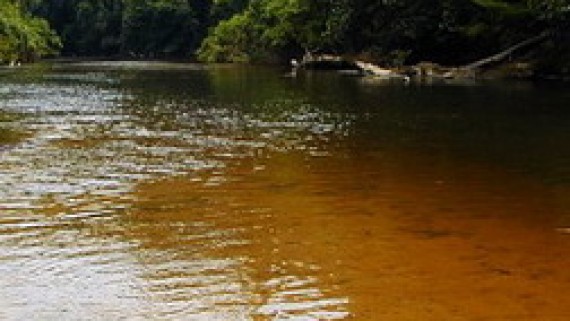Taman Negara, Pahang
Introduction and history
Malaysia’s Taman Negara, is classified as one of the world’s oldest rainforests. Older than either the Amazon or the Congo, it has remained undisturbed for 130 million years. Located near the equator it is the most extensive protected area of pristine, lowland, evergreen rainforest in the country. Lying within the headwaters of three river systems, the Tembeling in the south the Terengganu in the east and the Relai-Aring-Labir in the north, this vibrant rainforest receives rain throughout the year, approximately 2,200mm (lowland) and 3,800mm (highland). The average temperature is 22°C to 26°C.
Taman Negara originated from Pahang State Legislation in the Jerantut district. In 1925, an area of 9,240 hectares surrounding Tahan Mountain was declared Tahan Mountain Game Reserve by the British authority and a national park in 1938, comprising of three states, Kelantan, Pahang and Terengganu. Over 1300 square kilometers of thick tropical jungles was designated “THE GUNUNG TAHAN GAME RESERVE” and named “KING GEORGE V NATIONAL PARK”, after the King of England.
The creation of this park was due largely to the persistence of one man, Theodore Hubback, Chief Game Warden of what was then the Federated Malay States. He pestered the colonial government relentlessly for 15 years until the region was set aside for conservation in 1938. His enthusiasm was carried on by subsequent state and federal governments, and by the Department of Wildlife and National Parks. Now, it covers a total of 4,343 sq km.
After independence in 1957, the name was later changed to Taman Negara. The stated purpose of Taman Negara is “to utilize the land within the park in perpetuity, for the propagation, protection and preservation of indigenous flora and fauna”.
Taman Negara lies on sedimentary rock, with some granite and scattered limestone. Interesting to note that a large part of Malaysia was submerged under water several million years ago and that, volcanic and non volcanic islands emerged and submerged from time to time. Peninsular Malaysia only became land during the Jurassic era. Sedimentary rocks yield fossils and the bulk of the fossils are found in Taman Negara.
Ten percent is lowland, below 120m with many huge trees, the majority of which is covered with lowland dipterocarpaceous forest. There are around 14,000 species of plants, 250 species of birds, 200 mammals and as many as 240 species of trees that can be found within a single hectare, compared with an average of seven for a European forest.
Evidence of human habitation within part of Taman Negara almost 2,000 years ago came with the discovery of bronze artifacts along the Tembeling River. One small group of Orang Asli (Original People) the nomadic Negrito Batek still live within the border of the park, gathering wild food and hunting with blowpipes for countless generations. In recent years however, they have been settled by the government in villages, and visits to these settlements can be arranged.
Flora & Fauna
Hiding in the very dense vegetation are the wild ox, gaur (dark in color apart from white ankle socks), sambar deer, barking deer, mouse deer (not much larger than a rabbit), wild boars, Malayan tapirs (related to horses and rhinos but more pig-like in appearance), clouded leopards, leopard cats, tigers, sun bears (these feed on fruit, honey, termites.), Sumatran rhinoceros, civets, Asian elephants (smaller ears and more hump-backed than African elephants), bats, nocturnal civets (these often beg for food from tourists), squirrel, tree show, a wide variety of primates, vast numbers of reptiles and amphibians, and 250-300 species of birds.
The list of wild animals in the National Park is endless. However, the possibility of not seeing anything exciting in a week besides mosquitoes, leeches and steaming piles of elephant dung is common. It is the matter of luck and timing to spot the wildlife here. There are six wildlife hide-outs for nature lovers, built around the many salt-licks.
Insects
Crawling beneath the leaves, in the underground or in rotten tree trunks, bug lovers will find a huge diversity of millions of tropical insects here.
Commonly seen butterfly species are Five-bar Swordtail, which congregate at areas such as campsites, banks of streams, or along paths where foodstuffs have been dropped. Perhaps the most common insects are the ants and termites. The Giant forest ant, Camponotus gigas, is a rather solitary species which prefers to scavenge the forest floor. Some specimens can reach over two inches in length, but despite their huge size they are harmless and will not bite humans.
Termites and ants form extensive colonies and if you take a closer look, you can witness millions of busy termites on the forest floor digesting rotten wood, returning the nutrients to the soil; thus serving as an important species of the rainforest ecology. Without them, the forests would not survive for each new tree needs the nutrients of the fallen ones.
When the sun goes down, you will be entertained by the wildlife orchestra, the hooting of the owls and the reverberating call of the crickets, such as the Oriental Mole Cricket that inhabit burrows.
Birds
For many, the attraction of Taman Negara is the abundant bird life, comprising of over 350 species. Though many forest species live secretive lives, either foraging in the undergrowth or hiding up in the canopy, at times these species may visit more open areas when there are flowers or blossoming trees. Perhaps the easiest place to spot the diversity of birds is right at your resort, where trees may have been planted to attract birds. These sites will be active early in the morning.
The observant visitor may encounter such exotic species as the Crested Fireback (a type of pheasant) and the Great Argus as it performs in its dancing ground. Hornbills are often seen, including the Wreathed, Great Argus and Indian Pied Hornbill; the Rhinoceros Hornbill is perhaps the most dramatic of all, with its huge red, orange and yellow casque. During the winter migration season, when birds from North Asia move south to warmer climes, the rare and unusual Masked Finfoot may be sighted along the banks of Taman Negara’s rivers. Keep an eye out too for the attractive Black and Red Broadbill, and other Southeast Asian forest birds including Leafbirds, Trogons, the Asian Fairy Bluebird, Barbets, Minivets and Woodpeckers.

